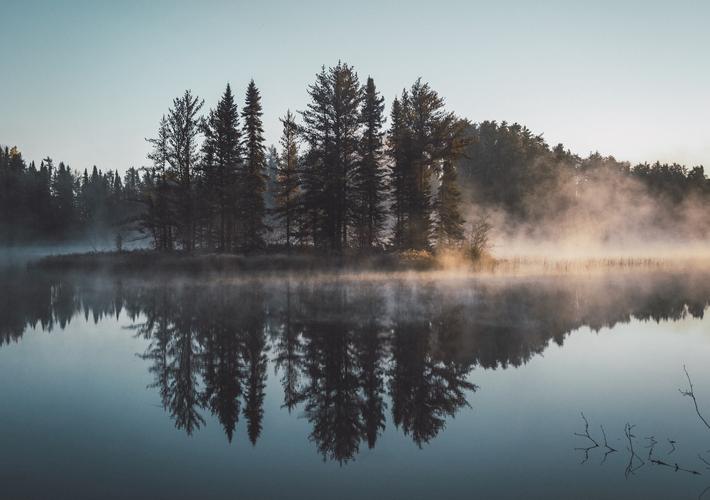The Dangerous Beauty of the Fire Lifestyle
The ‘fire lifestyle’ refers to the concept of living life in the fast lane, pushing boundaries and living on the edge of danger. For many, the idea of a high-octane, adrenaline-fueled existence is immensely appealing, but it comes with a cost. The inherent risk of injury or death is an ever-present danger, and the psychological toll of constantly living on the edge can be crippling.
The allure of the fire lifestyle is hard to resist. It promises quick thrills, an escape from the mundane and the pursuit of a life less ordinary. Men and women alike are drawn to the thrill of extreme sports, such as BASE jumping, highlining, freerunning, and big wave surfing, to name but a few. While the majority of people live a life of relative safety and comfort, the brave few who chase the fire lifestyle are in a different category altogether.
What is it like to live the fire lifestyle? To be a part of this subculture requires more than just skill and athletic ability. It demands courage, tenacity, and a willingness to confront death on a regular basis. These extreme athletes often experience an adrenaline rush that is like no other, as the dangers they face heighten their senses and create an intense feeling of ‘alive-ness.’
If you were to ask a fire lifestyle enthusiast why they do what they do, you would likely hear a host of different answers. Some say they are driven by the desire to conquer their fears and limitations, while others view it as an art form, an extension of their creativity. Whatever their motivation may be, the truth is that they are part of a culture that celebrates a certain kind of beauty – the kind that comes from staring death in the face and emerging victorious.
However, the appeal of the fire lifestyle comes with significant risks. The injuries and fatalities associated with extreme sports are well-documented, with falls, crashes, and collisions being the most common causes of harm or injury. Beyond the physical risks, living as a ‘fire lifer,’ as they are affectionately known, can take a heavy psychological toll. The pressure to constantly perform at the highest level, to push boundaries, and to outdo oneself regularly can be draining. Many of these athletes struggle with anxiety, depression, and other mental health challenges.
In conclusion, the fire lifestyle is a unique aspect of our culture, one that celebrates life in all its highs and lows. While we can admire and learn from those who have dedicated themselves to pursuing these high-stakes activities, we must never forget that they come with a cost. Living a life of risk and danger demands a level of bravery and skill that few possess, and we must recognize and honor the dedication that these individuals display in their pursuit of living life on the edge.
(Note: Do you have knowledge or insights to share? Unlock new opportunities and expand your reach by joining our authors team. Click Registration to join us and share your expertise with our readers.)
Speech tips:
Please note that any statements involving politics will not be approved.
